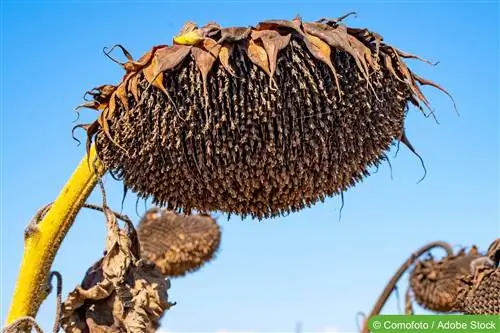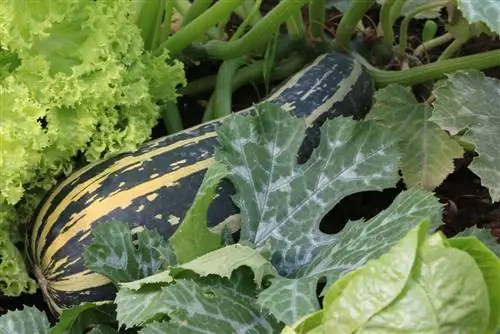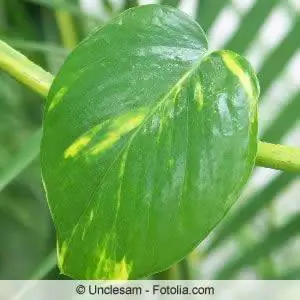- Author admin [email protected].
- Public 2023-12-17 03:39.
- Last modified 2025-01-24 12:45.
Sunflowers bloom for a long time, but unfortunately not forever. Is it better to cut off the faded flowers or let nature take its course? Both are possible! It depends on the type of sunflower and what you want to do with the ripening seeds. Read here whether you should cut off spent sunflowers.
Two types of sunflowers
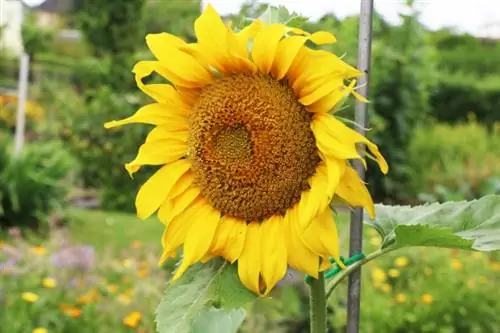
Sunflowers are usually divided into two groups. We briefly compare them in the table below:
| CommonSunflower | perennial sunflowers | |
|---|---|---|
| Botanical name | Helianthus annuus | Helianthus atrorubens, H. decapetalus, H. giganteus, H. microcephalus, H. salicifolius |
| Lifespan | annual | perennial |
| Growth habit | long thick stem | low, strongly branched growth |
| Bloom | large plate-shaped flower | lots of small flowers |
Once the sunflowers have faded, you must carefully consider whether cutting them off makes sense for each species.
Note:
Even if the sunflower looks like a single flower to us, it is actually made up of many individual flowers. The outer flower wreath consists of ray florets, the “eye” consists of many tubular florets.
Annual sunflowers
If you don't like the look of a faded sunflower, you can cut it off. In this way you can also prevent unwanted self-seeding. However, this does not stimulate the formation of new flower heads. If you are enthusiastic about the charm of faded sunflower heads, leave the secateurs at rest.
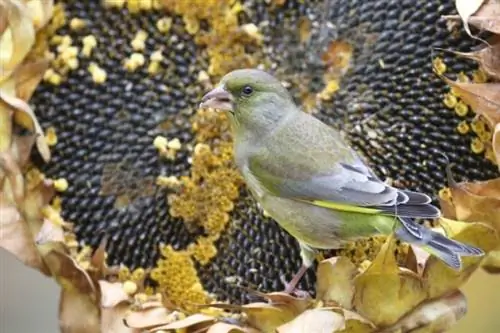
There are other convincing reasons for leaving it standing:
- many large kernels ripen by autumn
- they are edible for humans
- offer themselves as free seeds
- Birds use them as food
Tip:
As bird food, you can leave the sunflowers in the bed - even over the winter - until all the seeds have been picked out.
Perennial sunflowers
Perennial sunflowers form much smaller seeds than annual sunflowers. But they are also popular with birds. However, if spent flowers are not cut off, there is a risk that the sunflowers will self-sow en masse. Seed maturation also requires a lot of energy. It is therefore advisable to consistently remove spent flowers. This stimulates the formation of new flowers and extends the flowering period. If you still want to sow yourself or harvest germinable seeds, it is sufficient to leave just a few of the faded flowers.
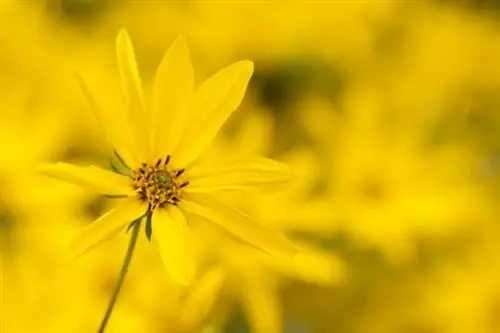
Cut spent sunflowers correctly
Sunflower perennials have thin shoots that can be easily cut with secateurs. Cut back each withered flower promptly, down to the first leaf axil. Annual sunflowers usually have a thick and woody stem. Use pruning shears or a saw to cut off the spent specimens.
Tip:
When an annual sunflower has faded, do not pull it out of the bed. Cut them no further than the ground. The roots can decompose until spring, loosening up the soil and enriching it with nutrients.
Frequently asked questions
What to do when sunflowers hang their heads?
If sunflowers hang their heads, they are thirsty. Grab a watering can immediately to remedy the lack of water. Because sunflowers prefer a sunny location, the soil around their roots dries out quickly. In summer you should water them every morning, and on very hot days also in the evening. But be sure to avoid waterlogging.
How can I stop birds from picking out all the seeds?
If you want to collect seeds or eat the seeds yourself, you must not cut off the spent sunflower head too early. The inner, edible seed core only forms some time after it has withered. As soon as the flower has faded, you should put a gauze bag over it and tie it to the stem.
Do the ripe seeds have to dry on the plant?
No. You can cut off the flower head with the already ripe seeds and let them dry in another place. This is particularly useful when the days are very rainy and there is a high risk of mold due to the constant humidity.
How long does it take for an annual sunflower to fade?
That depends a lot on the weather. Ideally, the flowering period can last up to eight weeks.

